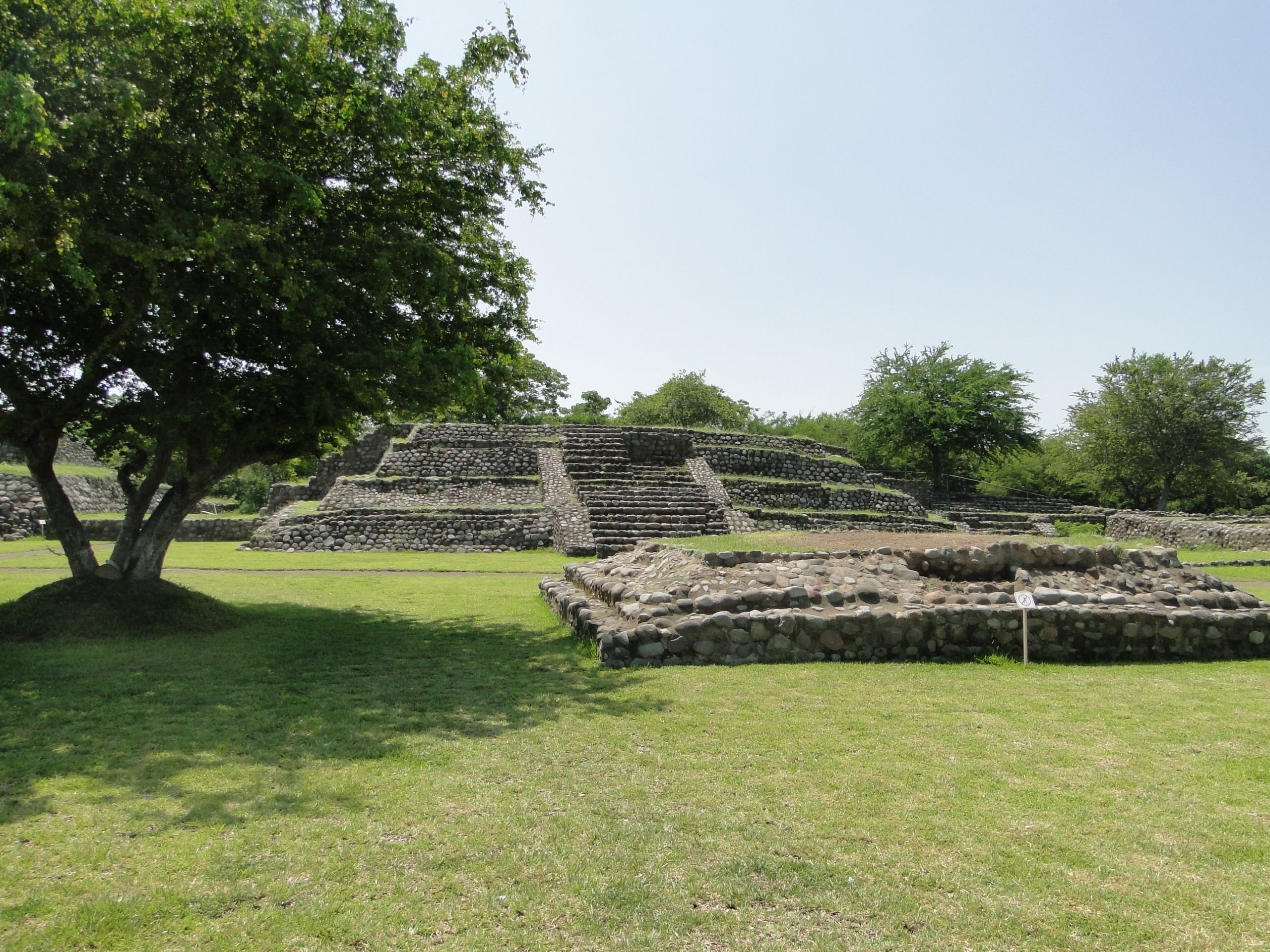In the heart of modern-day Colima, Mexico, lies an archaeological treasure that offers a rare window into the ancient civilizations of western Mexico. La Campana, once a bustling prehispanic population center, stands as a testament to the ingenuity and cultural richness of its inhabitants. Since its inclusion in the Mexican archaeological heritage list in 1917, La Campana has fascinated historians and archaeologists alike, revealing secrets of a civilization that thrived in harmony with its environment and neighbours.
Get your dose of History via Email
The Heart of Western Mexico’s Prehispanic Civilization
La Campana’s significance cannot be overstated. As the largest prehispanic population center in western Mexico, it was a hub of administrative, religious, and economic activity. The site’s connection to the classical period Teotihuacan culture further underscores its importance in the broader Mesoamerican context. The discovery of Capacha phase ceramics dating back to 1500 BCE indicates that La Campana’s roots run deep into the preclassical horizon, showcasing a continuity and evolution of cultural practices over millennia.
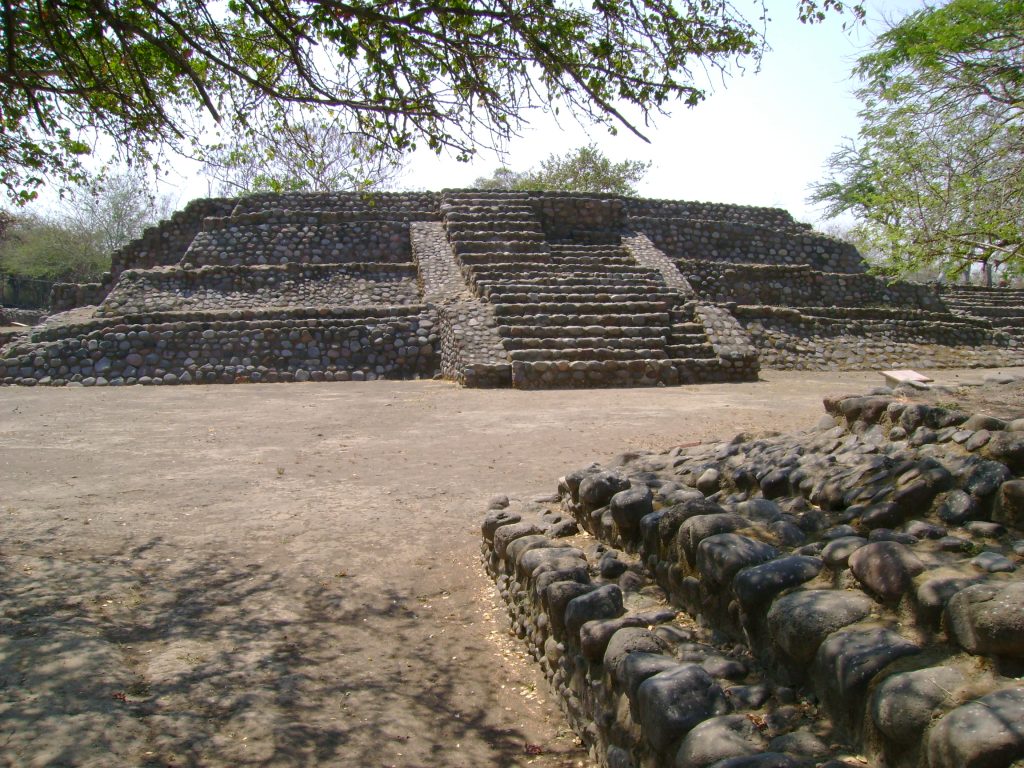
A Confluence of Cultures and Traditions
The region of Colima, where La Campana is located, was a melting pot of various ethnic groups and lordships. The dynamic history of the area, marked by conflicts such as the salt war and the dominance of the Tecos under the leadership of Coliman or Tlatoani Colimotl, paints a picture of a region rich in resources and cultural significance. The presence of other archaeological sites like the Capacha, Los Ortices, Armería & Colima, and El Chanal complexes further illustrates the diversity and complexity of prehispanic western Mexico.
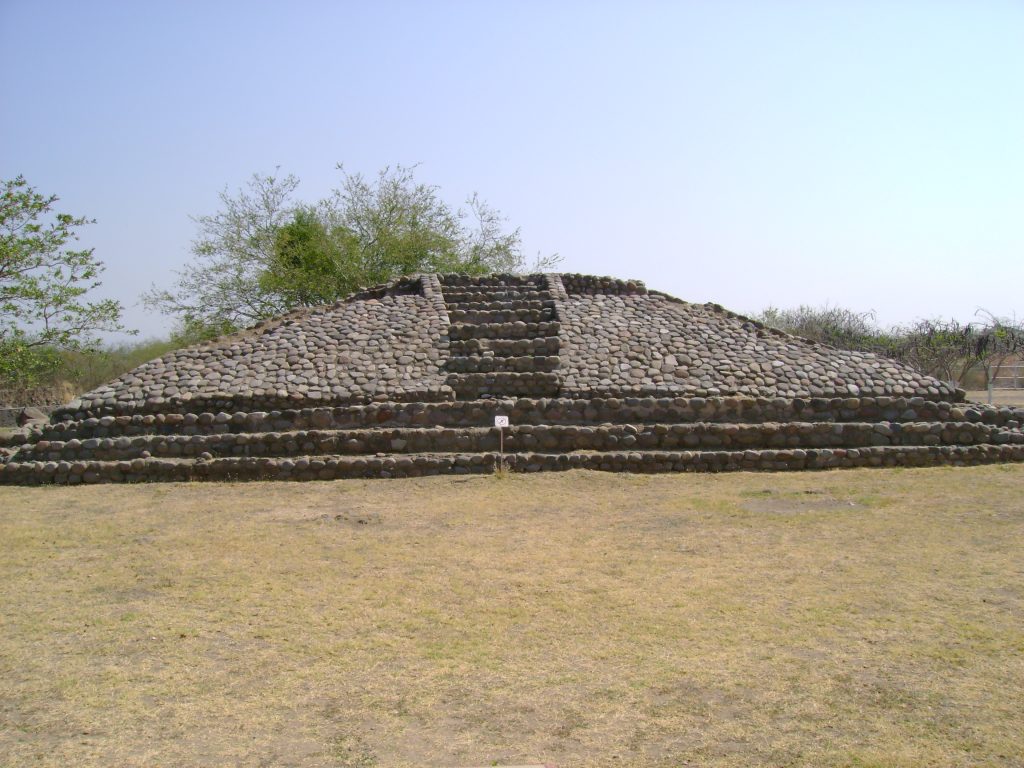
Architectural Marvels and Urban Planning
La Campana’s urban layout and architectural features are a marvel of ancient engineering and urban planning. The presence of shaft tombs, ceramic offerings, storm drain systems, and avenues speaks to a society that was not only spiritually rich but also highly organized and adept at managing its environment. The administrative and religious center, with its numerous monuments, showcases the community’s dedication to their deities and the importance of religious practices in their daily lives.
The use of local materials, such as river stones and clay mixed with vegetal fibers, in construction, reflects a deep understanding of and adaptation to the local environment. This, coupled with the site’s strategic location in the Valley of Colima, facilitated trade and cultural exchange, contributing to La Campana’s prosperity and influence in the region.
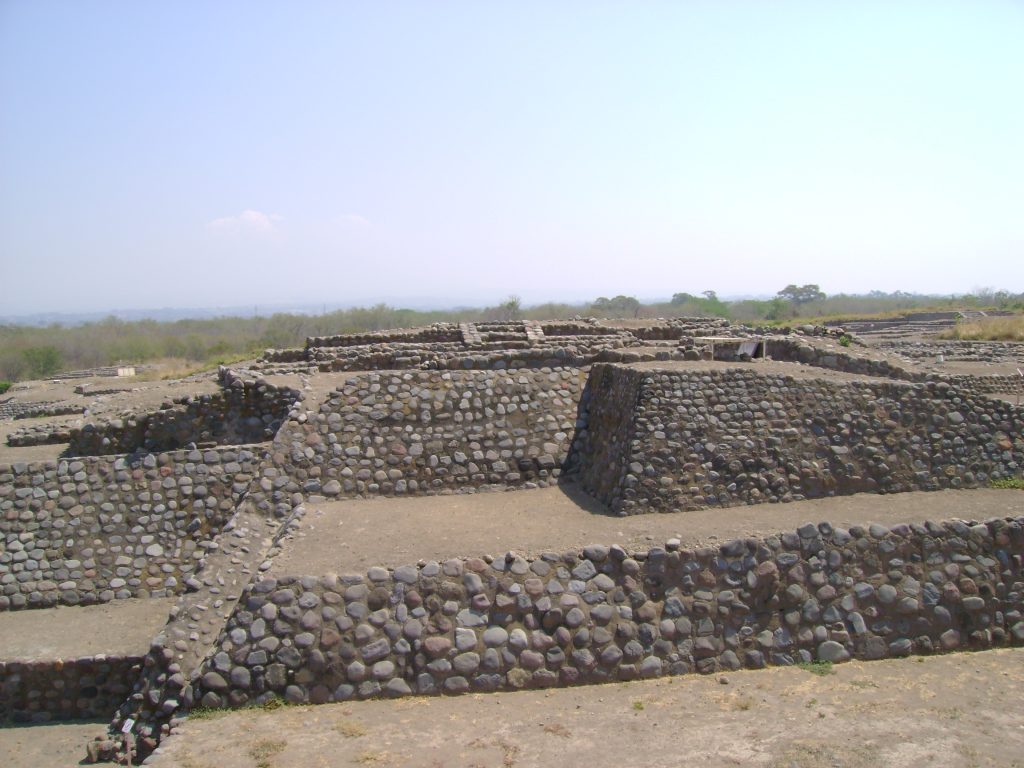
A Multilingual Society
The linguistic landscape of La Campana, though largely lost due to the Spanish conquest, suggests a society where multiple languages and language families coexisted. The potential presence of Nahuatl alongside languages from the Coracholan, Piman, and Taracahita families indicates a rich tapestry of cultural and linguistic diversity. This multilingualism likely facilitated trade, diplomacy, and cultural exchange, further enriching the social fabric of La Campana.
Preserving La Campana’s Legacy
Since its opening to the public in 1995, La Campana has offered visitors a glimpse into the life of its ancient inhabitants. The ongoing archaeological work, which has explored only a fraction of the site, continues to uncover new insights into the complex societal structures, religious practices, and daily life of this prehispanic civilization. As we delve deeper into the mysteries of La Campana, we not only uncover the past but also gain a deeper appreciation for the ingenuity and resilience of the human spirit.
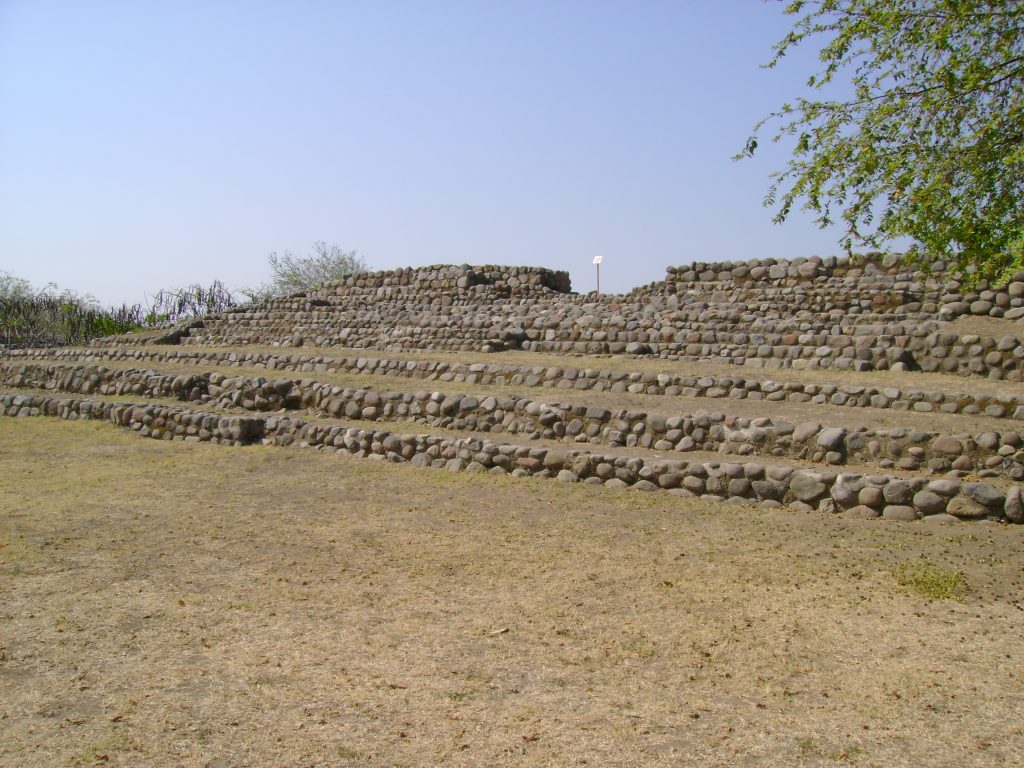
In conclusion, La Campana is more than just an archaeological site; it is a bridge to our past, offering invaluable lessons on the complexity, diversity, and ingenuity of ancient Mesoamerican civilizations. As we continue to explore and understand sites like La Campana, we pay homage to the rich cultural heritage that shapes our present and future.

